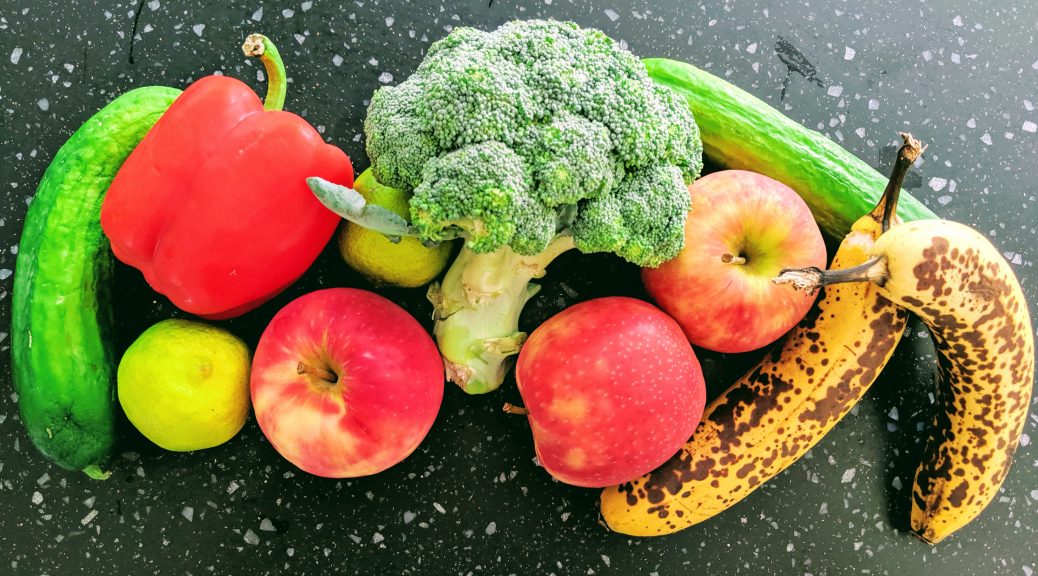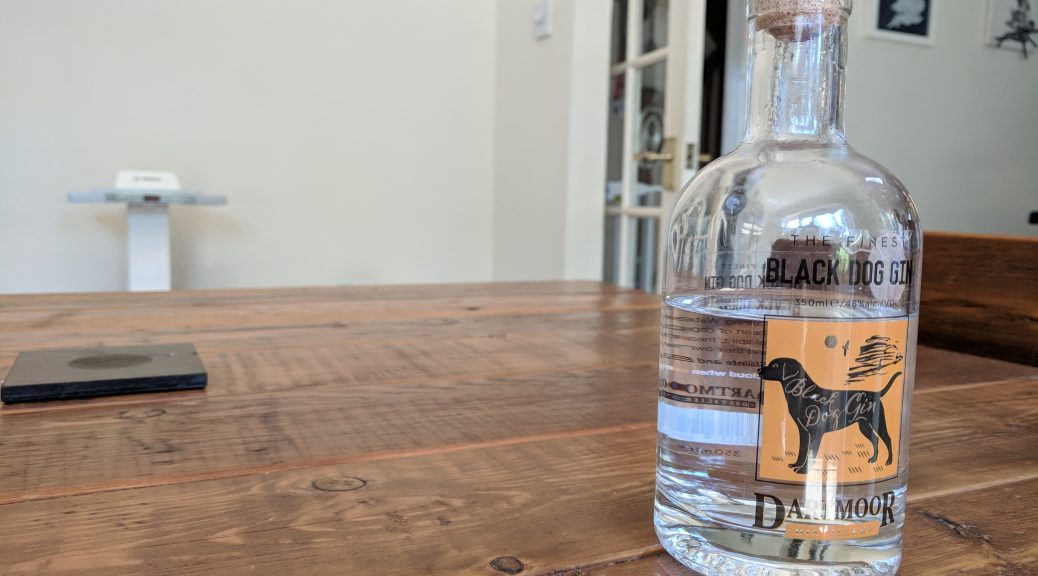
Reducing Food Waste: 5 tips for reducing waste at home
Food waste is an ever growing concern. Huge quantities of perfectly edible food get binned for various reasons: expectation that food should look ‘perfect’, poor storage and misunderstanding of best before dates to name a few.
A 2015 study by The Waste and Resources Action Program (WRAP) estimated that in the UK, 7.1 million tonnes of household food waste was produced. Of that, 5 million tonnes was edible waste. The study also estimated that household food waste accounts for more than two thirds of the total food waste produced.
Why is food waste a problem?
In simple terms, because our planet’s resources are being stretched too thin by human overpopulation. Growing and rearing our food requires vast amounts of time, space and natural resources (water and feed). So much so that many people believe that in the not too distant future, insects will become a major source of protein in our diets as we will no longer have the resources to rear meat.
For those of us fortunate enough to live in first world countries, and earn enough to be able to eat how we like, it can seem like there is little we can (or need to) do. But by reducing our personal waste we can all contribute towards a more efficient food production system which will ultimately benefit everyone. To put it another way, the longer we can go before having to eat centipede sausages, the better. It will also save you money, so there’s that too.
A big part of making a difference is taking some time to think about where you waste food, and how you can change that. To get you started, here are my top 5 tips for reducing your food waste.
-
Plan your meals.
This might seem obvious but if you head to the shops with no idea what you are going to buy then inevitably you will find yourself with stuff rotting in the back of the fridge.
Plan your meals for the week the day before you go to the supermarket and stick to your plan. This is a good time to have a look in the fridge to see what you need to use up. Also, depending on how many people you are cooking for, you may often find you only need half a pack of something to make a recipe so decide now how you will use the other half. Can it be used in another dish? Cooked off and used to make sandwiches for lunch? Or perhaps it will freeze? If you plan ahead it is far less likely to wind up in the bin.
Finally, think about how long different items will keep when you get them home. There is no point buying a bag of salad when you go to the shop on Monday, if you are not planning to eat it ‘til the weekend. At best it will be wilted and unappetising, if not completely inedible.
-
Shop sensibly.
When you are in the supermarket, think carefully about the items you are picking up. A lot of fresh meat, fish, fruit and vegetables won’t last the whole week in your fridge, so check the ‘use by’ dates*. If you are looking for something to last 5 days in your fridge, check behind the most visible items on the shelf. Supermarkets rotate their stock so the old stuff sells first (they want to reduce waste too) but often there will be newer stock hidden at the back. That being said, rummage responsibly. If you need it to last two days, don’t leave perfectly good food on the shelves in favour of the same item with a week’s shelf life.
Furthermore, resist the temptation to buy items that you don’t need because they are on offer. Buying more of something than you plan to eat might seem like good value at the time but will ultimately wind up costing you when the excess winds up in the bin.
*A side note on ‘use by’ and ‘best before’ dates.
Generally, meat, fish, dairy and fresh ingredients/products will be stamped with a ‘use by’ date. Eating the product after this date could be harmful so should be avoided. ‘Best before’ dates are simply an estimate of how long the item will be at its best. Once expired, the product will be less tasty but unlikely to be harmful. So that jar of curry powder hiding at the back of your cupboard that passed its ‘best before’ date ten years ago is unlikely to make you ill, but will probably make your curry taste more like dust than dhansak.
-
Befriend your freezer.
One of the best ways to preserve your food is to freeze it. If something won’t last in the fridge until you plan to eat it, stick it straight in the freezer. Freeze sausages, burgers, chicken breasts, even steaks then defrost in the fridge the day before you plan to eat them.
Bread
Bread – probably one of the most wasted items in British homes – freezes brilliantly. Sliced bread can be toasted from frozen. When you make sandwiches for a picnic or lunch-box, bread can be used still frozen and will have defrosted completely by lunchtime. In addition, virtually all supermarkets sell a decent selection of part-baked bread. As well as having a longer shelf life than its fully baked brethren, It can be cooked from frozen in almost exactly the same amount of time.
Batch Cooking
Batch cooking food and freezing portions is another great way to reduce food waste. It can be a huge time saver too. Make large pots of pasta sauces, stews or casseroles, then portion and freeze whatever you don’t need right away. Next time all you need to do is defrost and reheat. Even if you have only a few spoonfuls of Bolognese left after dinner, pop it in the freezer. Then next time you make the dish, chuck the old batch in with the new.
My final tip on freezer use is to buy a whiteboard pen. While the freezer is a great tool for keeping food fresh, it is easy to forget what is in there. Label the bags and Tupperware you use with the contents and the date. Keep things in a logical order. Take a little time when putting stuff into the freezer and you will get a lot more out of it!
-
Keep a well-stocked larder.
Most of the tips I have given so far have been about avoiding leftovers and needless purchases. In real life however, there will always be odds and ends that don’t get eaten. Plans change, leftovers happen, life gets in the way. Finding a way to use up these stray bits of food can be a real challenge. Keep a cupboard stocked with canned and dry goods like rice, pasta, lentils, tinned tomatoes and other non-perishable items. This creates a toolbox of ingredients that can be used to turn odd scraps into decent meals.
-
Find recipes that use the ingredients you often throw out.
There are all sorts of recipes that can make use of food that is perceived to be past its best. Try my banana bread recipe, which uses overripe bananas or mushrooms on toast – stale bread is perfect for toasting. Keep an eye on future recipes on this blog for more ideas on how to use odds and ends. Recipes will include tips for using spare/alternative ingredients wherever possible.
-
Bonus Tip: Don’t be too hard on yourself.
Any reduction in waste, however small, IS making a difference. If every person in Britain were to reduce their food waste by just one kilogram per year (roughly equivalent to half a banana per month), then as a nation we would reduce our food waste by 63000 tonnes. It may take a little effort to change your habits, but the long term benefit will be felt by everyone. There will always be some waste. Picky children, droppages, culinary disasters, fridge malfunctions – the list goes on. So if a block of cheese goes blue or a lettuce goes limp, don’t fret. Food should bring us pleasure, not be a source of stress.
Have you got any food waste tips of your own? Share them in the comments below!
